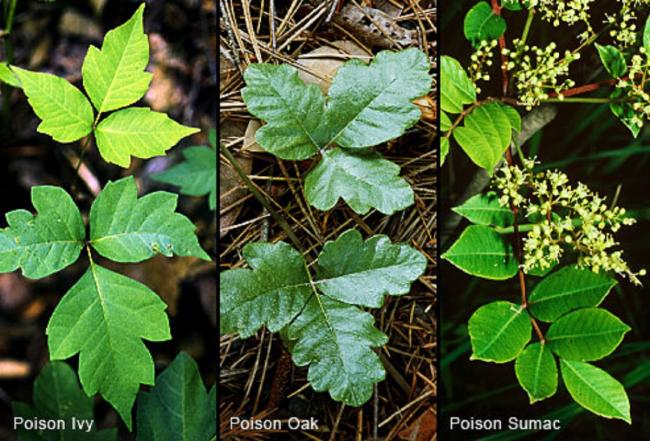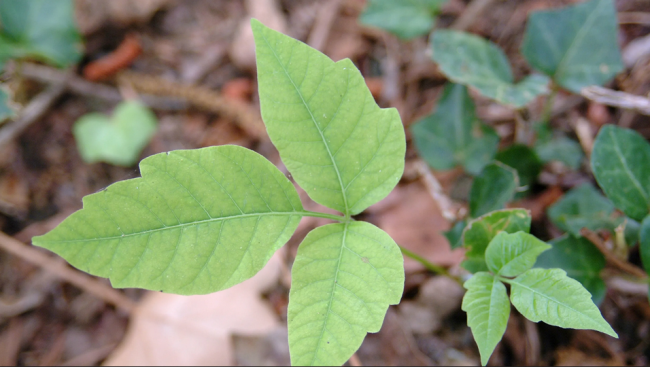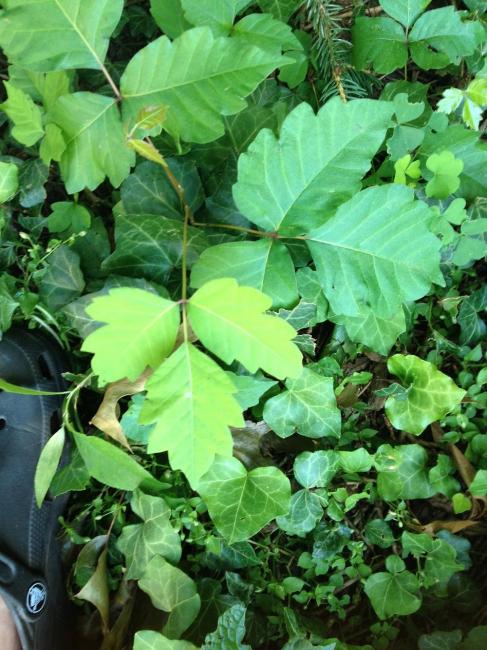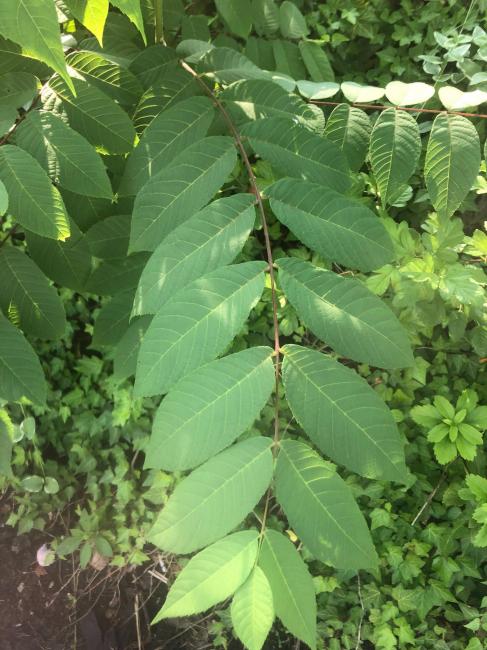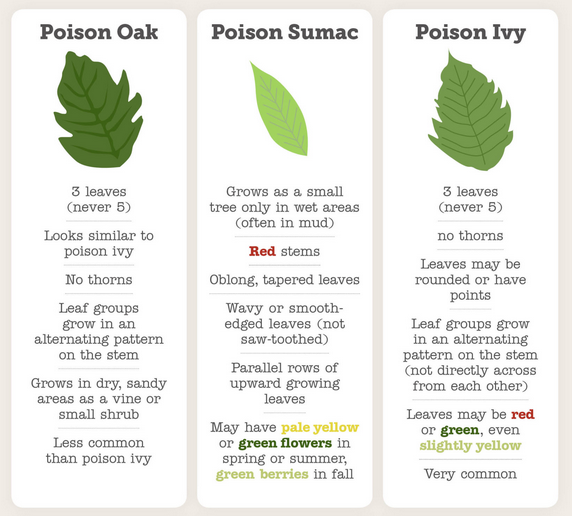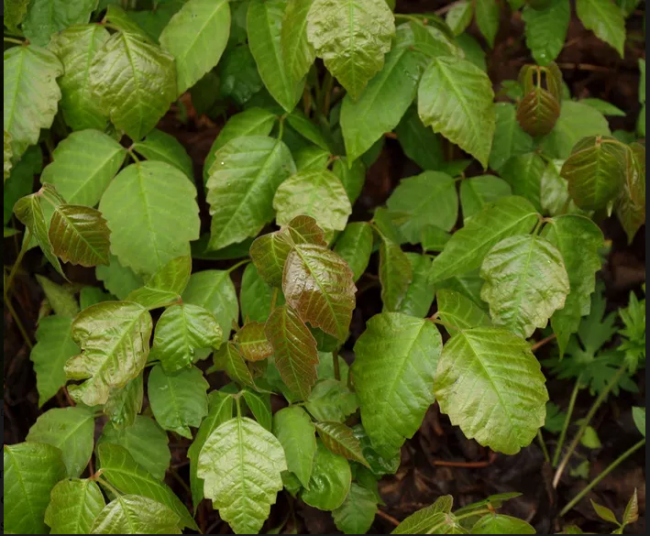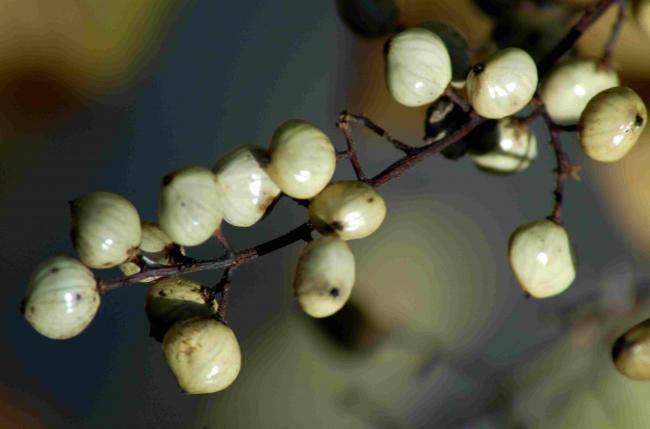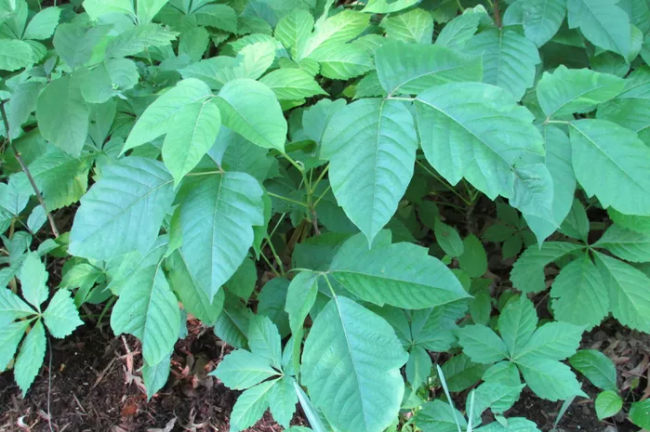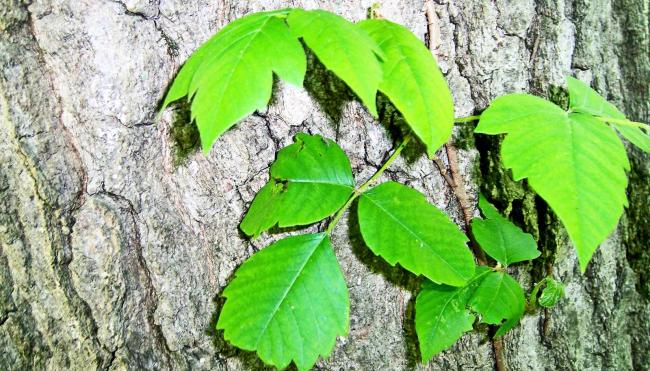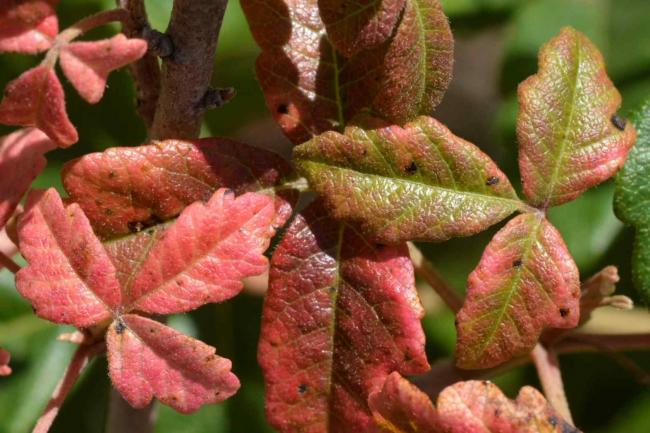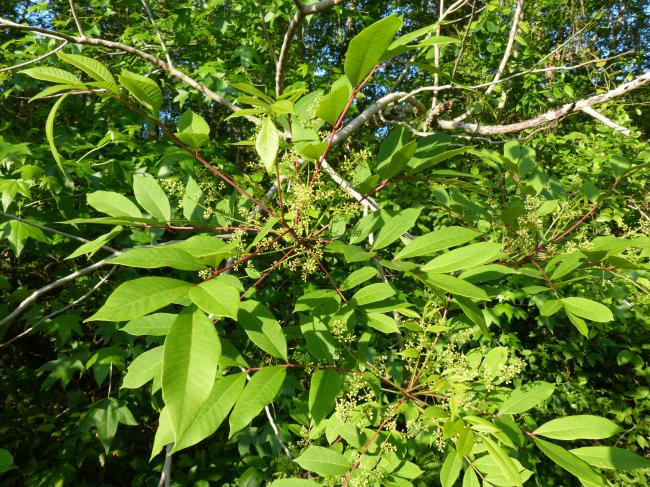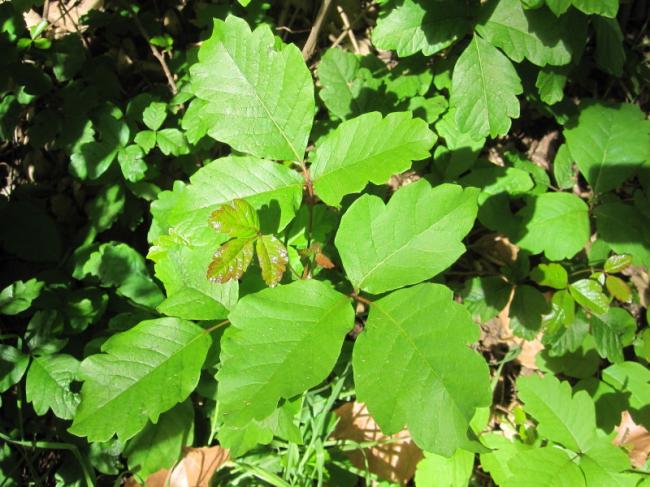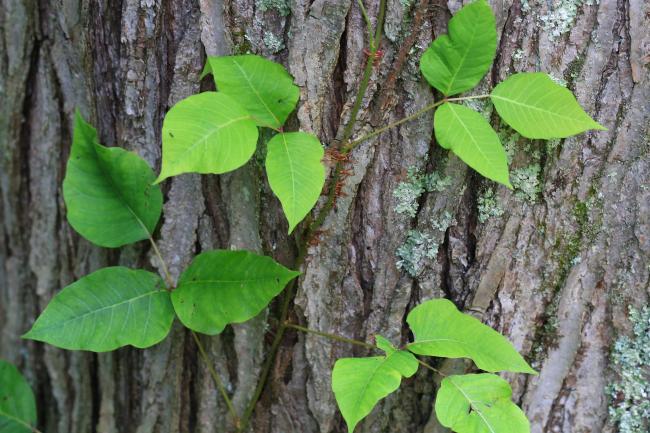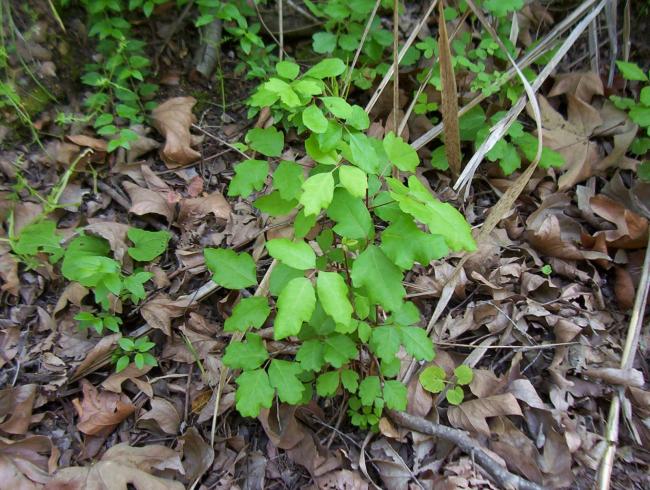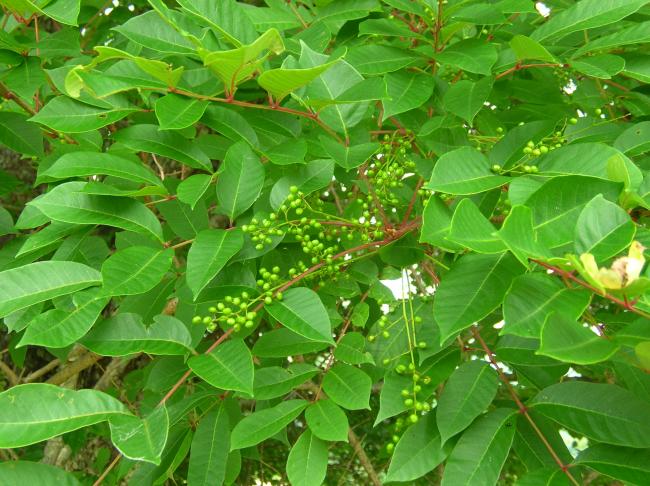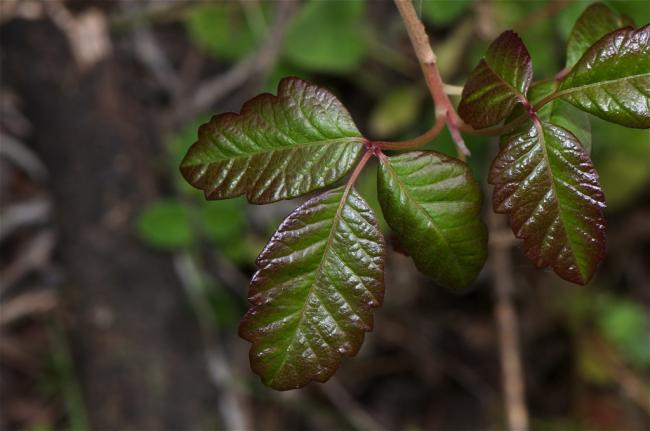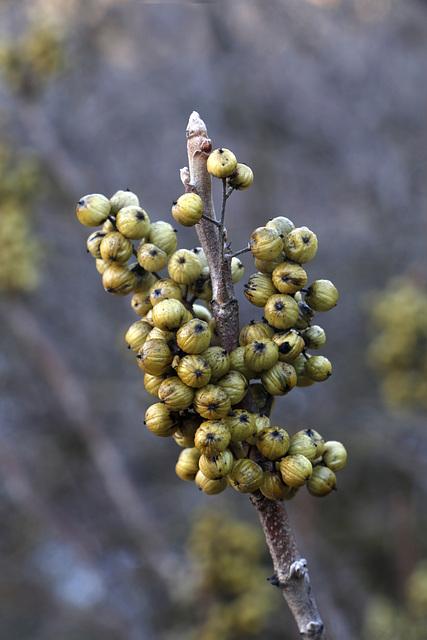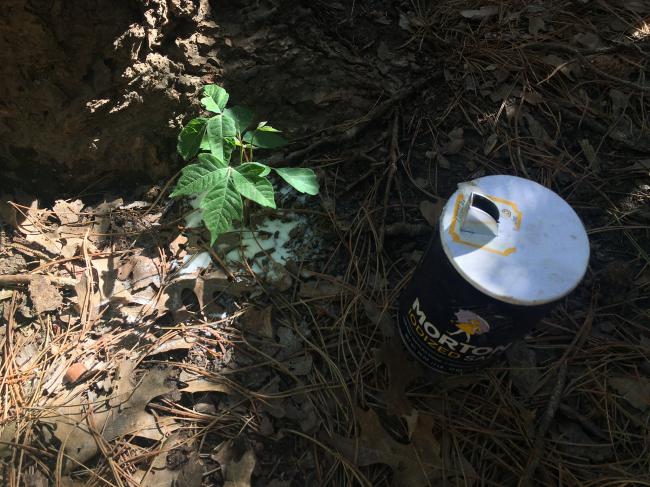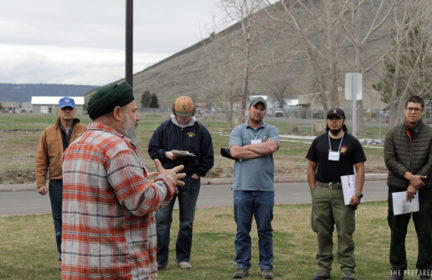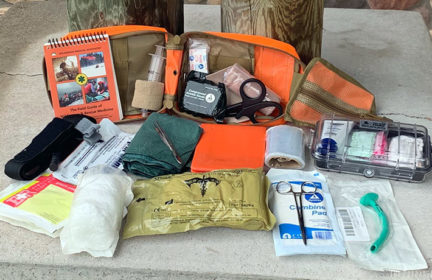Poison ivy, oak, and sumac – how to identify, treat, and a fun little game
When hiking, bugging out, or working in your backyard, you may come in contact with a poison plant. There are many poisonous plants but I am going to focus on the three that everyone knows but may not know how to identify. Poison ivy, oak, and sumac.
Why am I writing this?
Because I was wanted to learn about these plants myself and the best way to get information to stick is to teach it to someone else.
Where do these plants grow and how do I identify them?
POISON IVY grows throughout all of the US states except California, Alaska, and Hawaii. It likes to grow near disturbed ground like along hiking trials. They grow as ground cover, shrub, or a climbing vine. Leaves are in clusters of three (“leaves of three let them be”), they are green in the summer, red in the fall, and have grayish-white berries.
POISON OAK isn’t as common as ivy, but is still prevalent in the US sticking to the west coast and the south eastern states. The leaves look like poison ivy but with more rounded edges, look like little oak leaves, and also grow in groups of three. It too likes growing along disturbed ground, grows as a shrub in sunlight, or climbs up trees as a vine in search of more sunlight. Leaves will be bronze, bright green, yellow-green, or red in the fall. The berries of poison oak are a greenish-white or tan.
POISON SUMAC is found in the eastern US and grows as a shrub that looks like a tree as tall as 20 feet. Luckily these plants like to stay to swamps or peat bogs so you may never run into these. These don’t grow in groups of three and instead have 5-13 leaves per stem. Stems are red in the spring, and brown in the fall and winter. They have oval-shaped berries that are white-gray in color.
In summary:
————————————-
Let’s play a game. I will show various pictures of poisonous plants and you have to guess what they are. Comment below with your guesses and I will respond in a week with the answers.
A)
B)
C)
D)
E)
F)
G)
H)
I)
J)
K)
L)
How to avoid exposure?
The sap of these plants contain a toxin called urushiol oil. The good thing is that this sap is on the inside of the plant and touching the leaves doesn’t necessarily mean you are going to start itching. However, undamaged plants are rare and most have had the sap leak on leaves at some point be it from an animal brushing against it or if you are clearing some land and break the stem open. This oil can transfer to your shoes, clothes, pets, or tools, like if you were hiking and stepped on a plant, you then later touch your shoes to take them off and the oil transfers to your hands.
When out hiking, wear long pants, boots, and gloves. If you know there are poisonous plants in the area, wear disposable gloves when removing this clothing. Wash these clothes separately than your other clothes with soap and hot water to displace the urushiol oil.
What happens if I come in contact? Will I die!?
In extreme circumstance you may have an entire body reaction where your eyes swell shut and your body swells up. If this happens go to the ER immediately, but for most people it will just be uncomfortable and irritating.
The oil will cause redness, swelling, itching, and blisters within 12-48 hours. (it may not appear for 7-10 days for people who have never been exposed to it before) Avoid touching and itching the area because you may just spread the oil to other parts of your body, hard to do though when it takes so long for it to show up.
Urushoil oil is absorbed by different parts of your body at different rates so it may appear that it is spreading.
Do not burn these plants to get rid of them because that oil will get in the air and can get in your lungs and affect you from the inside.
How do I treat if I touch it?
Rinse the area off with rubbing alcohol to displace the oil. Then rinse off with water to try and get off as much as possible. And lastly after that wear disposable gloves and use soap and warm water. The soap and water step is last to avoid spreading the oil to other parts of your body during the lathering stage.
The rash, blisters, and itch will disappear in about two weeks without any treatment. Applying a cool compress, topical or oral antihistamines, topical hydrocortisone cream, or topical anesthetics can help relieve the pain. If you have oozing blisters (that’s a nice thought isn’t it), applying baking soda, or calamine can help dry out the blisters.
In conclusion:
To be honest, I’ve never looked for any of these plants when out hiking. Most of them look just like any other random plant that I might walk by and never notice, so it will take some effort to slow down and be observant.
Have any of you ever come in contact with any of these plants? Share your story.
Also, remember to share your guesses to the identification quiz down below. I’ll share the answers in a week.
-
Comments (24)
-
